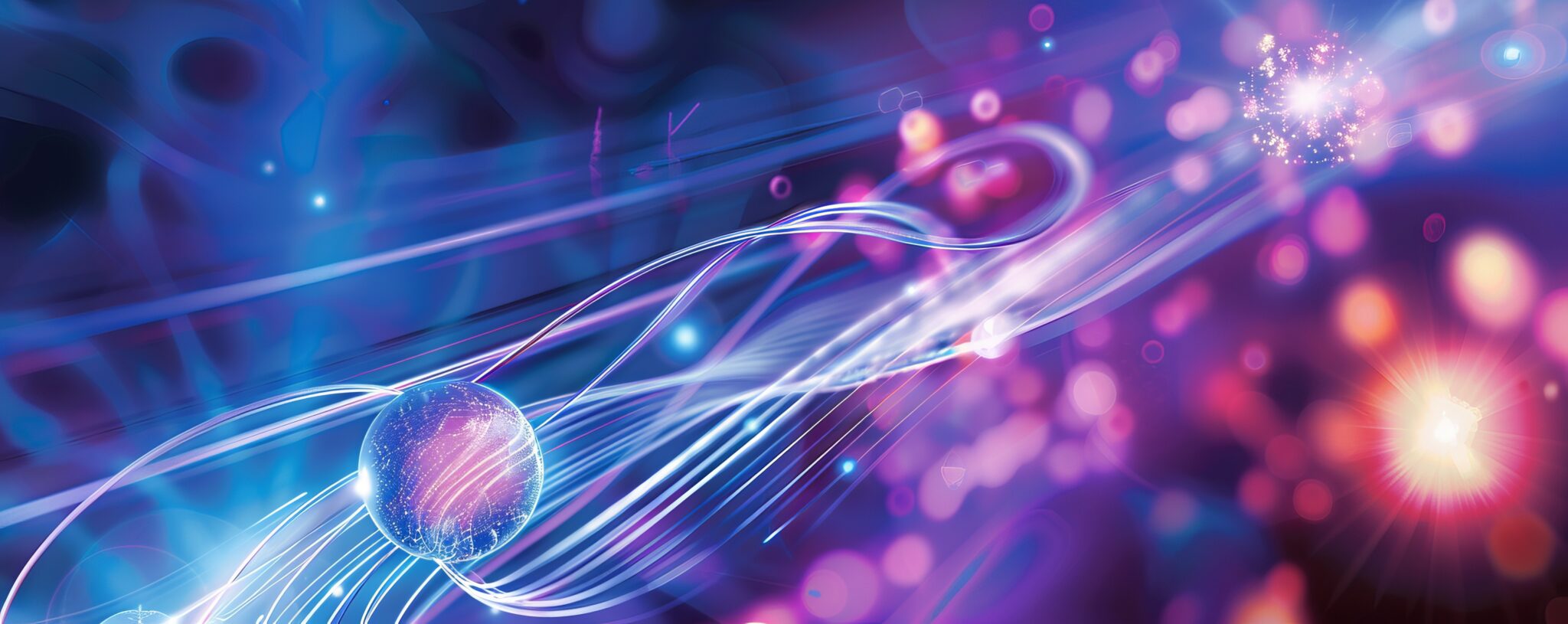WG1.4 Photon Diagnostics
The Photon Diagnostics WG within the LEAPS consortium is dedicated to advancing photon diagnostics to enable users to fully exploit the unique X-ray sources available within Europe. The group’s members, from both the FEL and synchrotron communities, share recent results and best practices through a regular series of meetings and workshops. The principal aims of the group are to decrease facility setup time, facilitate an increase in the range of modes available to users during routine operation, and to enable new modes of operation at bot FELS and synchrotrons. This collaborative effort ensures that scientific users have access to the most optimized and versatile X-ray sources.
Photon diagnostics is crucial for managing the increasingly complex accelerator configurations used with new modes of operation. Small adjustments to electron beam parameters can significantly impact photon beam properties. Therefore, online monitoring of the full range of photon beam properties is essential to provide the optimal beam for scientific researchers. Where technological solutions are lacking, the working group actively liaises with industry and start-ups to identify new solutions.
Through collaborative beamtimes across our partner facilities, new technologies and prototypes from industrial partners can be rapidly tested and improved. Additionally, the group organizes interdisciplinary workshops, such as those focused on longitudinal diagnostics with beam dynamics groups, fostering knowledge exchange and collaboration to continually improve the application of photon diagnostics to accelerator-based photon sources.

The working group was founded within Digitial LEAPS the Virtual diagnostics initiative, to apply machine learning to produce real-time reliable data from indirect measurements. The group also hosts focused interdisciplinary workshops on diagnostic topics such as temporal diagnostics.
The working group members have developed work package ideas for current and future LEAPS grant applications and is working activity with startups to test and develop new devices for photon diagnostics.

Two principle areas of joint research for the working group are: 1) the application of machine learning photon diagnostics and 2) Development of high fidelity profile monitors for online monitoring of synchrotron X-ray beam.

The WG typically has 2-3 online, 1 in person and 1 in person focused workshop per year


| Jan | Deinert | HZDR |
| Sergey | Kovalev | HZDR |
| Søren | Vronning Hoffmann | ISA |
| Louisa | Pickworth | MAX IV |
| Christian | David | PSI |
| Britta | Redlich | FELIX |
| Marco | Zangrando | Elettra |
| Kai | Tiedke | DESY |
| Roman | Panaś | SOLARIS |
| Jan | Grünert | EU-XFEL |
| Ubaldo | Iriso | ALBA |
| Christopher | Arrell (Spokesperson) | PSI |
| Alexander | Gottwald | PTB |
| Fabio | Villa | INFN |
| Francesco | Stellato | INFN |
| Jens | Viefhaus | HZB |
| Volker | Schlott | PSI |
| Kees-Bertus | Scheidt | ESRF |
| Marie | Labat | SOLEIL |
| Petr | Ilinski | MAX IV |
| Jia | Liu | EU-XFEL |
| Andreas | Koch | EU-XFEL |
| Lorraine | Bobb | Diamond |
| Claire | Houghton | Diamond |
| Hussein | Al-Mohammad | SESAME |